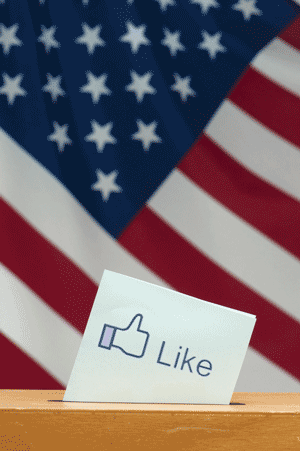••• consumer psychology
Shoppers trying to save spend more
 Setting a price limit when shopping often backfires, according to research from marketing professors at Brigham Young University, Provo, Utah, and Emory University, Atlanta. The researchers found that consumers with a price in mind spent up to 50 percent more when they started shopping than those who didn’t. The findings were so counterintuitive that the researchers tested them with six separate experiments – and the results held up each time.
Setting a price limit when shopping often backfires, according to research from marketing professors at Brigham Young University, Provo, Utah, and Emory University, Atlanta. The researchers found that consumers with a price in mind spent up to 50 percent more when they started shopping than those who didn’t. The findings were so counterintuitive that the researchers tested them with six separate experiments – and the results held up each time.
Experiments tested consumers’ thinking about buying televisions, pens, laptops, earbuds, garage doors, mattresses, Blu-ray players and luggage. Shoppers could select a target price from a set of choices, identify their own target price, select a maximum price they were willing to pay or determine a budget for a specific purchase.
When consumers start off the purchasing decision process with price in mind, they first narrow down their options based on price. If they decide to spend $500 on a new TV, they look only at TVs in that price range. Of course, they then notice that higher-priced sets within that range have more features and better quality and lean toward those. After consumers screen their choices based on price, they essentially ignore price and focus on quality – and better-quality products usually cost more.
In another experiment, research subjects were given $6 for participating in the study and given an option to purchase a steeply-discounted pen on their way out. Those who were asked how much they planned to pay spent an average of $2.10, compared to the average of $1.64 spent by those who were not asked.
But rest assured, aggregate budgets still achieve their intended result. It’s only when consumers focus on purchasing one specific product that budgeting can backfire.
••• political research
Can social media buzz win elections?
 From YouTube debates and candidate Facebook pages to sharing breaking news via Twitter, the impact of social media is already well noted by candidates running for political office. But does activity in social media influence voters during an election? As candidates prepare their social media strategies for the 2012 elections, NM Incite, the social media intelligence division of New York researcher The Nielsen Company, took a look back at four races during the 2010 midterm elections to measure the impact of social media on voters.
From YouTube debates and candidate Facebook pages to sharing breaking news via Twitter, the impact of social media is already well noted by candidates running for political office. But does activity in social media influence voters during an election? As candidates prepare their social media strategies for the 2012 elections, NM Incite, the social media intelligence division of New York researcher The Nielsen Company, took a look back at four races during the 2010 midterm elections to measure the impact of social media on voters.
In three out of four races, the candidate most frequently mentioned on social media won the seat. However, the share of online buzz for each winning candidate was often higher than their percent of votes, demonstrating a strong correlation but not necessarily a causal relationship between social media and election results.
Overall voter turnout during the 2010 midterm election was higher on average compared to prior midterm elections but buzz doesn’t appear to be a driver of voter turnout. In fact, the two states with higher levels of voter turnout also had the lower levels of online buzz about their candidates.
In each contest, online buzz followed a specific pattern: high buzz immediately following their primaries, followed by a period of fewer social media mentions, with buzz peaking during the week leading up to Election Day.
